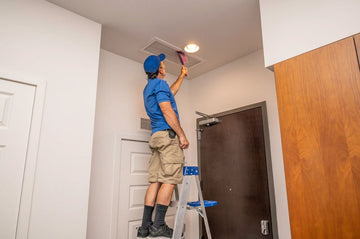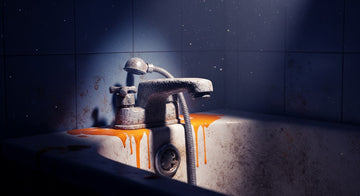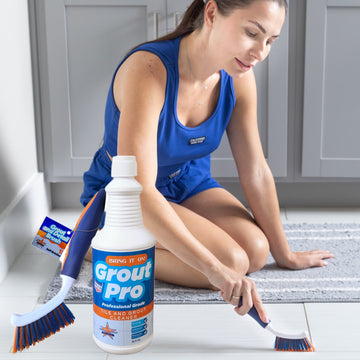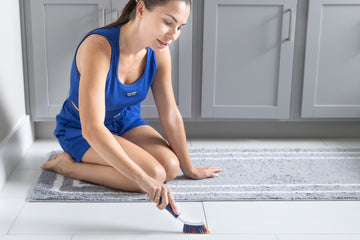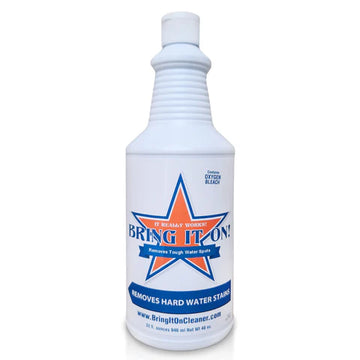Clean House Vents
A clean home environment isn't only about sparkling floors or spotless windows (Learn more about Useful Window Cleaning Tips). The unseen dirt and dust in house vents play a significant role in your indoor air quality. This article dives deep into DIY tips on how to clean house vents and why it's an essential part of housekeeping.
Understanding the Importance of Clean Vents
Having clean air vents ensures you're not breathing in harmful contaminants and can improve the efficiency of your HVAC system.
What Accumulates in Your Vents?
Over time, a myriad of particles, such as dirt, lint, hair, pet dander, and pollen, collect in your vents. Add to that the potential for bacteria, mold, mildew, and even fungi, and the need for regular cleaning becomes evident.
How Does It Affect Air Quality?
When air vents are clogged with dust, it impedes the flow of fresh air. As a result, the particles, germs, allergens, and odors recirculate in the house, possibly causing health issues and bad odors.

DIY Cleaning Process
Cleaning house vents might seem daunting, but with the right tools and knowledge, it's a manageable DIY task.
Tools and Materials Needed
For effective cleaning, gather a screwdriver, a vacuum with a hose attachment, microfiber cloth, soap, water, and a drill brush suitable for reaching into vent crevices. For personal safety, consider a dust mask.
Steps to Clean House Vents
- Start by Unscrewing the Vents: Use the screwdriver to remove the vent covers from walls or floors.
- Vacuum the Vents: With the vacuum cleaner, remove the bulk of dirt, dust, and debris from the vent and ductwork.
- Wash Vent Covers: Using soap and water, clean off smudges, spills, stains, and other dirt from vent covers. A microfiber cloth can help eliminate fingerprints and fine dust.
- Brush the Inside: Reach into the air ducts with your brush to loosen stubborn dirt and debris.
- Replace the Air Filter: To maintain good air quality, replace or clean the air filter in your HVAC system.

Safety First
Always turn off your HVAC system before starting, and consider wearing a dust mask to avoid inhaling particles. If you suspect mold or other harmful contaminants, consider seeking professional help.
When to Seek Professional Air Duct Cleaning
While DIY methods can effectively handle regular vent cleaning, sometimes you need a deeper cleanse.
Identifying Signs of Deeper Issues
Signs such as persistent odors, visible mold in or around your vents, or sudden spikes in your heating or cooling costs indicate a need for professional cleaning.
Benefits of Professional Services
Professionals possess specialized equipment and expertise. They can thoroughly clean the HVAC system, ensuring the removal of allergens, mold, and contaminants that DIY methods might miss.
Associated Costs
While DIY cleaning is cost-effective, professional air duct cleaning incurs costs. However, considering the long-term benefits to air quality and HVAC efficiency, it's often a worthwhile investment.

Maintenance and Prevention
Regular maintenance can reduce the frequency of deep cleans and ensure consistently good air quality.
Regularly Check and Replace Air Filters
Air filters catch many airborne particles. Ensure they're clean and replace when necessary to maintain efficient airflow.
Periodic Vacuuming
Vacuuming your home regularly, especially near vent areas, can reduce the accumulation of larger debris and particles, thus making your cleaning job easier in the long run.
Ensure Proper Airflow
Keep objects away from vents to ensure uninterrupted airflow. This not only helps in efficient heating and cooling but also reduces the amount of dust settling in the vents.

